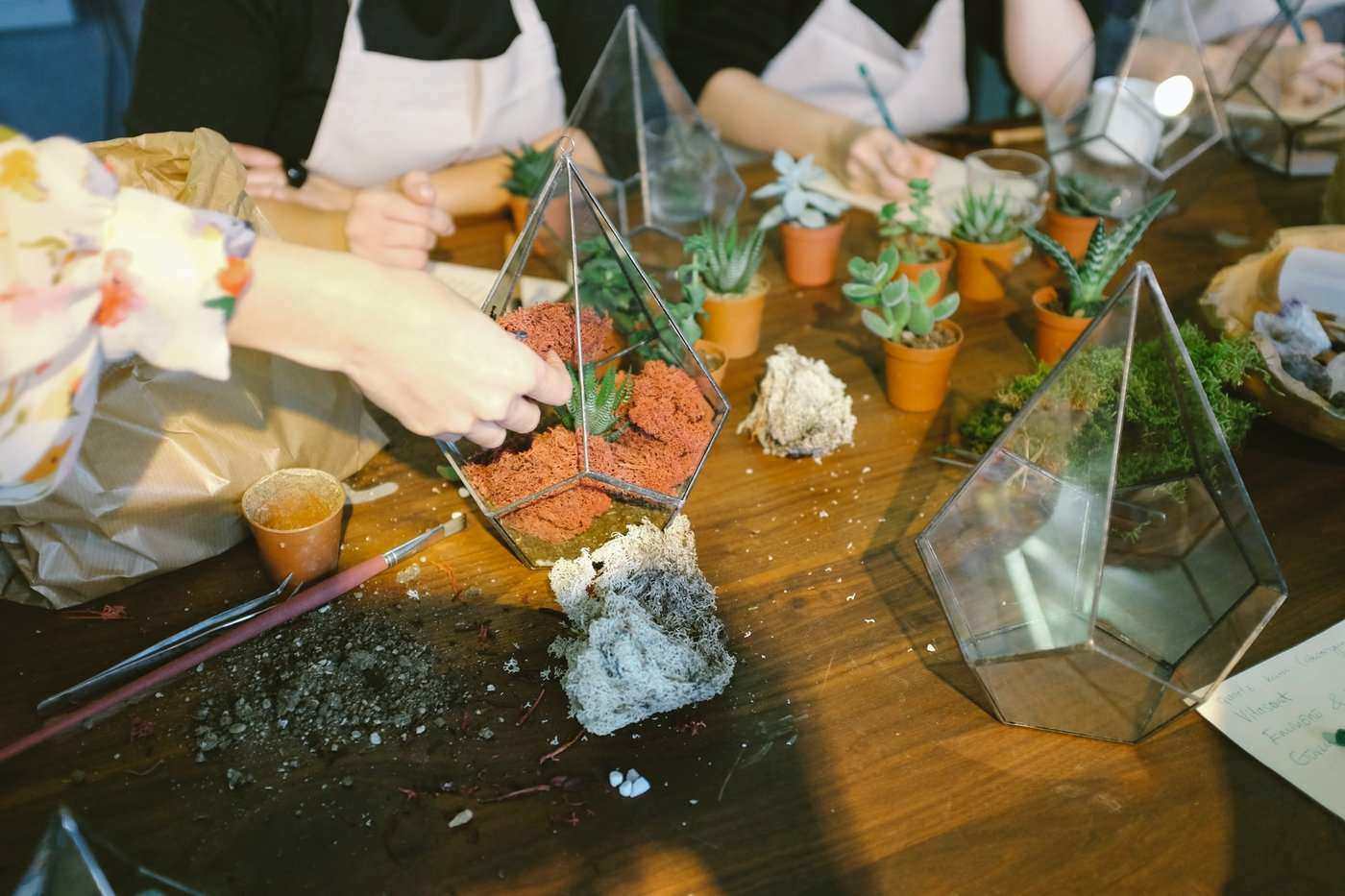Whether you’re just looking to take a weekend flower arranging workshop or want a professional floristry diploma you have number of things to think about in finding the right floristry school for you.
This section of the guide focuses on those looking to get into floristry as a profession, but the same principles apply even if looking for a short floristry course, though there would obviously be less need to vet the schools as thoroughly. So take the time to find the best school for you: one that you feel comfortable with and one that will guide you to learning what you want to learn in the best way for you.
Cost
A good first place to start is to figure out what your school tuition and living expense budget is. From there you can start looking through schools in our school listings directory, proceeding to their websites or calling them up to find which ones fit within your budget. When budgeting also remember to take into account additional expenses for taking floristry courses such as flower and material costs.
Location
Ask yourself what the ideal location is for the school that you would like to attend? If there are no schools nearby are you willing to relocate or are you willing to attend a less than desirable school just because it’s close? Are you able to commute? Does the thought of a distant school attract you as an opportunity to live in another part of the country or a different country?
Size
Do you prefer going to a large institution, such as a college, or a small private school? Each has their advantages and disadvantages. A college is generally a more formal learning environment with larger class sizes. They also offer various services, activities and support (that you may or may not need) like guidance counselling and health care.
Small private schools have the benefit of smaller class sizes which could make it easier to follow along with the demonstrations at a pace that is right for you. If you like to take longer to absorb a teaching this is particularly important to think about. Small class sizes also means there’s more opportunity to get to know the instructor and receive personal attention.
Instructors
How much you learn and how well you learn is largely dependent on the quality and enthusiasm of the teaching staff so it’s worth getting to know the teachers. This is where it pays to have a personal referral. In the event that you do not have a referral you can talk directly to the instructors or ask the schools for referrals to current or former students.
Referral
It’s always best to get referred to a school from someone you trust. Perhaps family or friends know a florist (or someone who has taken floristry courses) so it’s a good idea to ask around. If you can’t find anyone, poke around some florist shops and ask florists themselves or you could go online and ask around by email or call them up.
Checking Schools Out
Only so much knowledge can be learned about a school by looking through listings and reading promotional literature. Once you’ve found a few schools that interest you, it’s a good idea to check them out in person.
Depending on the size of the school you could either schedule a meeting beforehand or just show up and talk to the staff. It’s best if you can arrive during school time to have a look around at a class in progress. Perhaps you can even talk to some students while there.
If no students are around you can always ask the school for references to students (preferably current students, otherwise alumni would also be good sources) so that you can call them up or email them with a few questions or concerns of yours.
There are a lot of schools out there, but if after doing this research you haven’t found a suitable one or you’ve decided that attending a school is just not right for you, you can always turn to on-the-job learning, an approach many take to learning the ins and outs of floristry.
Feature image: Neslihan Gunaydin; Image 1: mashgherla

